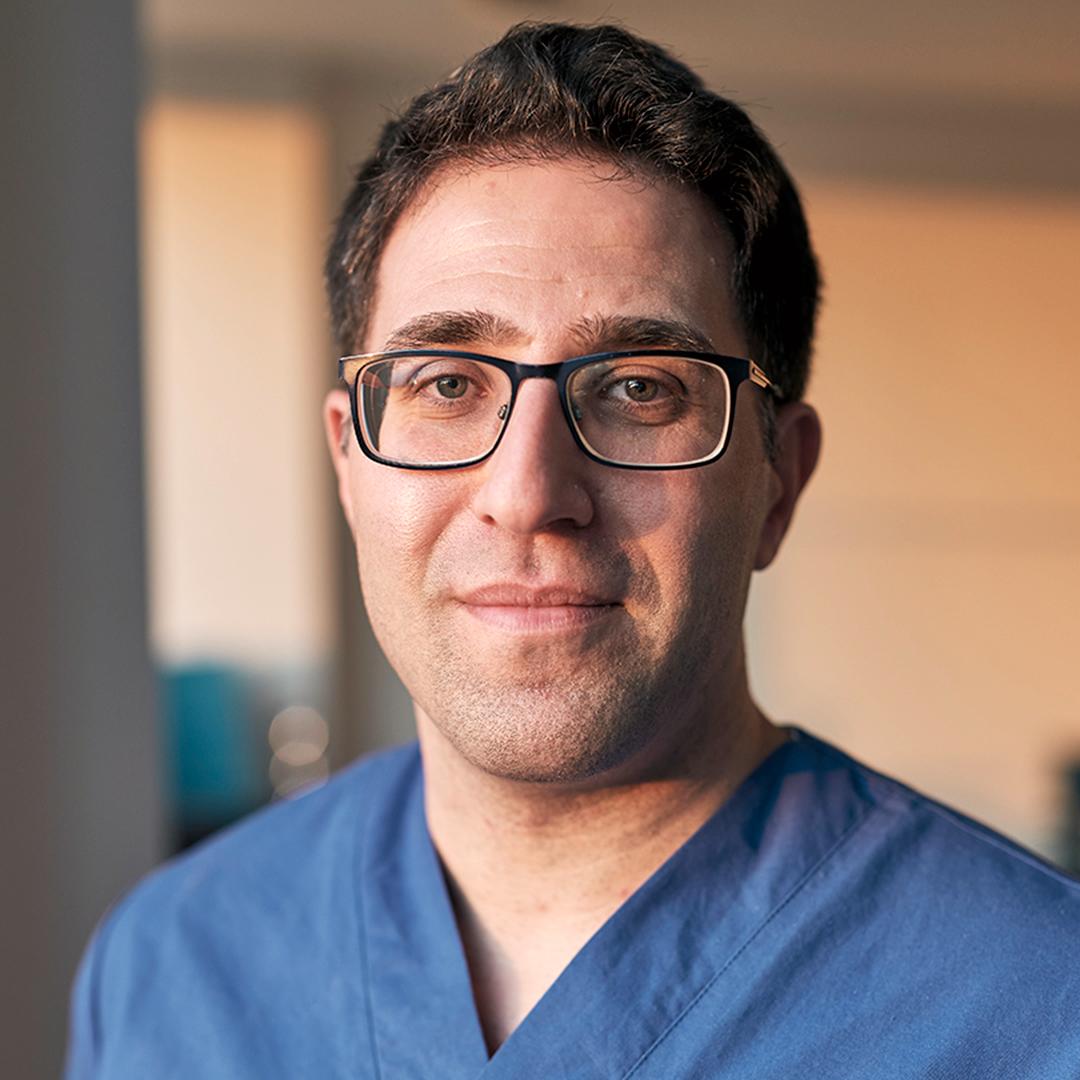Innovations with impact
We cannot predict the future, but we can prepare for a future that is increasingly unpredictable. With creativity, courage, and the power to get things done, we are preparing to master tomorrow’s challenges with today’s innovations.
Augmented reality
I never imagined that the image of the object would be in such high resolution. I had seen the photorealistic image on the computer screen, but seeing a spatial representation of the heart in 3D in this quality is something else altogether.
Muhannad Alkassar, MD, Pediatric Cardiologist, University Hospital Erlangen
Artificial intelligence

AI applications will allow us to diagnose patients faster, more consistently, and with fewer errors, so we stand to gain not only time but also confidence – confidence in the robustness of the diagnosis and time to talk to the patient.
Ralf Bauer, MD, partner at RNS Gemeinschaftspraxis Wiesbaden
Digital Twin
Robotics
Technology reinvented
We don’t have the luxury of just hitting refresh when we have an error. An error could mean redrawing a pediatric blood sample or delaying a critical medical decision in an emergency room. Everyone in the diagnostics business understands that improving the speed and reliability of in vitro diagnostics doesn’t just help improve the profits of labs; it helps save lives.
Benjamin Pollack, Technology Leader for Machine Vision at Siemens Healthineers
COVID-19
66,000 Siemens Healthineers colleagues are sparing no effort and working wherever and however they can to provide clinical experts with the help and technical solutions they need in their fight against COVID-19.
Bernd Montag, CEO Siemens Healthineers
1 The products/features (mentioned herein) are not commercially available in all countries. Their future availability cannot be guaranteed.







































